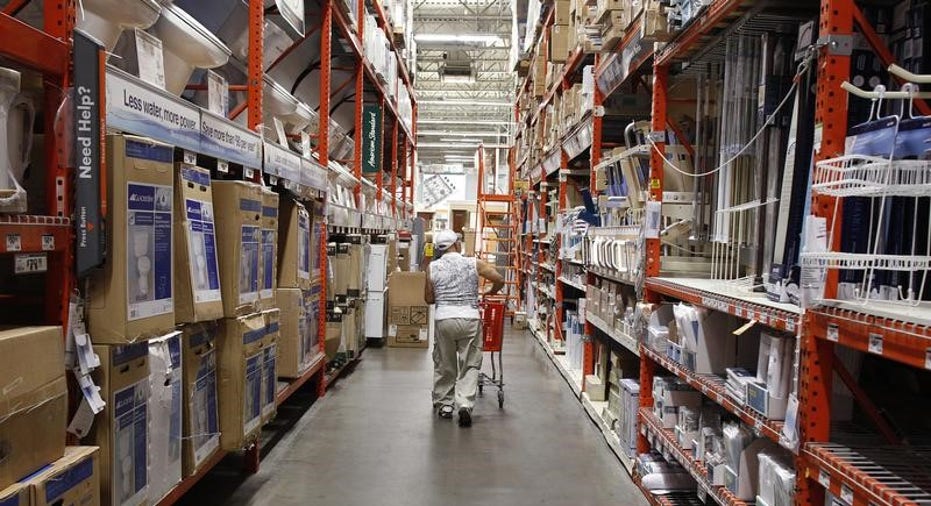U.S. fourth-quarter economic growth unrevised at 1.9 percent

U.S. economic growth slowed in the fourth quarter as previously reported, with robust consumer spending offset by downward revisions to business and government investment.
Gross domestic product increased at a 1.9 percent annual rate, the Commerce Department said on Tuesday in its second estimate for the fourth quarter, confirming the estimate published last month. Output increased at a 3.5 percent rate in the third quarter.
The economy grew 1.6 percent for all of 2016, its worst performance since 2011, after expanding 2.6 percent in 2015.
Economic data early in the first quarter has been mixed, with retail sales rising in January but homebuilding and business spending on capital goods easing.
The economy may get a boost from President Donald Trump's proposed stimulus package of sweeping tax cuts and infrastructure spending as well as less regulation.
Trump, who pledged during last year's election campaign to deliver 4 percent annual GDP growth, has promised a "phenomenal" tax plan that the White House said would include tax cuts for
businesses and individuals.
Details on the proposal remain vague, though Treasury Secretary Steven Mnuchin said on Sunday that Trump would use a policy speech to Congress on Tuesday night to preview some aspects of the tax reform plans.
Economists polled by Reuters had expected fourth-quarter GDP would be revised up to a 2.1 percent rate.
Consumer spending, which accounts for more than two-thirds of U.S. economic activity, was revised sharply higher to a 3.0 percent rate of growth in the fourth quarter. It was previously reported to have risen at a 2.5 percent rate.
Some of the increase in demand was met with imports, which increased at a 8.5 percent rate rather than the 8.3 percent pace reported last month. Exports declined, leaving a trade deficit that subtracted 1.70 percentage point from GDP growth as previously reported.
There was a small downward revision to inventory investment. Businesses accumulated inventories at a rate of $46.2 billion in
the last quarter, instead of the previously reported $48.7 billion. Inventory investment added 0.94 percentage points to GDP growth, down from the 1.0 percentage point estimated last month.
Business investment was revised lower to reflect a more modest pace of spending on equipment, which increased at a 1.9 percent rate instead of the previously estimated 3.1 percent pace. That was still the first increase in over a year and reflected a surge in gas and oil well drilling in line with rising crude oil prices.
Spending on mining exploration, wells and shafts increased at a 23.6 percent rate instead of the previously reported 24.3percent pace. It declined at a 30.0 percent pace in the third quarter.
Investment in nonresidential structures was revised to show it falling at a less steep 4.5 percent pace in the fourth quarter. It was previously reported to have declined at a 5.0 percent rate. Spending on residential construction increased at a 9.6 percent rate, which was downwardly revised from the 10.2 percent pace reported last month. The rebound followed two straight quarterly declines.
Government spending increased at a 0.4 percent rate in the fourth quarter, rather than the previously reported 1.2 percent pace of growth.
(Reporting by Lucia Mutikani; Editing by Paul Simao)